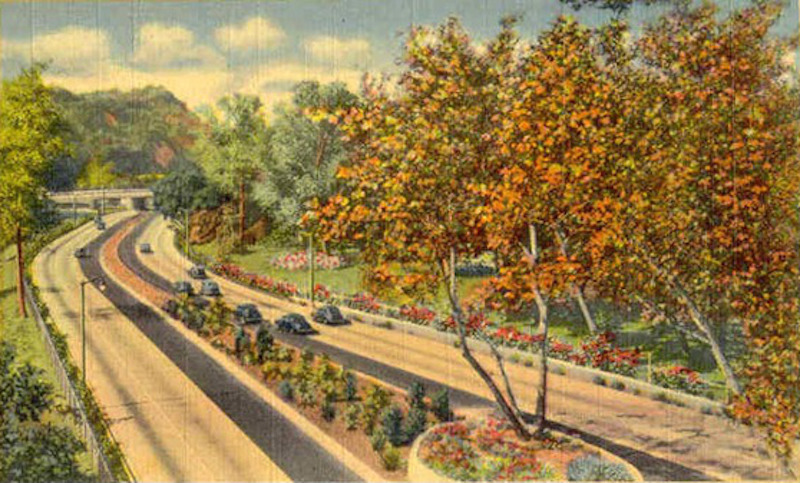Hey everyone! I wrote this essay for The Arroyo Seco Garden Golf Classic, an art exhibition as a mini-golf course on Los Angeles’ East Side. The concept is curated by Katie Bode. Check this out and enjoy!
The Great American Mini-Golf Game
By Alicia Eler
My first visit to the hyper-colorful, kitsch-filled mini-golf course that is Novelty Golf and Games in Lincolnwood, Illinois1, left me feeling amazed, confused and utterly ecstatic. I tried my hand at this game while simultaneously watching people with no actual golf skills attempt to use ill-fitted clubs to knock variously colored, tiny dimpled golf balls into cement-lined holes in the ground. Of the two 18-hole mini-golf courses at this place, the Statue of Liberty hole stuck in my memory; knock the ball under her base, and hope that it makes it past the sliding door or into the secret-slot-with-tunnel, which offers a chance at a hole-in-one. It is as if to say: “Now you’re inside of America! You’ve won because you’ve arrived!”
Observing various non-English speaking immigrants argue, mostly in Polish, at each other while trying to get an American “hole-in-one” seemed like a strange commentary on what it could mean to “win America.” But of course that seemed far-fetched and too simplistic a game, even to adolescent me, enjoying a Saturday afternoon at the course with my grandmother and younger sister. We were all just there to have fun! The memory of Lady Liberty early on in the course was forgotten upon arriving at the absurdly hard-to-play Frankenstein’s head hole number 18, where the sheer terror of trying to end the game brought on a haunting scene from some B-movie horror flick that likely aired at 3am on some cable station. This game was all just entertainment, kitsch, a fun way to blow a few bucks on a summer evening, something to play, an American tradition.
Mini golf first became popular in the 1920s, that whimsical time of The Great Gatsby and a surge in American leisure times. The first mini-golf course was credited to Garnet Carter, who already had a full-size, arguably more “real” golf course in his name, and also owned the Fairyland Inn, a hotel near Chattanoga, Tennessee. The mini-golf course he created, which included hollowed-out tree trunks and gnomes, was meant to enhance the Never Never Land atmosphere of his inn. 2
Other types of mini-golf courses built during the 20s usually featured garden-like settings; in Manhattan one could even find mini-golf courses on rooftops. By the end of the decade, there were 40,000 courses across America; they came custom-built and pre-fabricated, boasted novelty features such as windmills, and many were located near highways.3 Their popularity continued throughout the Great Depression. Though the mini-golf craze did die down after its popularity in the 1920s, it picked up again in the 1950s, in part because of Don Clayton’s Putt-Putt brand, which was chock full of irresistible gimmicks, a bit more professionalized, and also responsible for coining the term “putt-putt” when referring to mini-golf. 4
It could be that this commercialization of mini-golf, complete with brand management, gimmicks, and a heightened sense of competition amongst players, is what solidified mini-golf as a truly American form of entertainment, consumerism, and “fun.” As I recall, I never did get that Statue of Liberty hole-in-one. That game was rigged.
Read the essay on the Arroyo Seco website:
http://www.arroyosecoggclassic.org/#Essay




